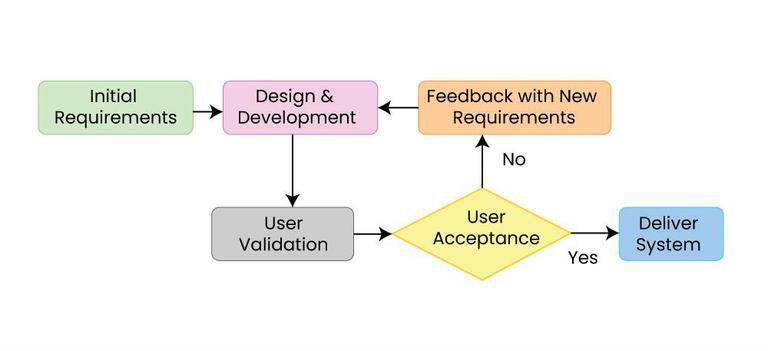|
Software Publisher
A software publisher is a publishing company in the software industry between the developer and the distributor. In some companies, two or all three of these roles may be combined (and indeed, may reside in a single person, especially in the case of shareware). Software publishers often license software from the original author-developers with specific limitations, such as a time limit or geographical region for a royalty consideration. The terms of licensing vary enormously, and are typically secret. The author-developers may use publishers to reach larger or foreign markets. Typically, the publisher will bear most of the cost of entering these markets. In return they pay the developer an agreed upon royalty payment. The duties of the publisher can vary greatly depending on the agreement reached between the parties. Duties can include: *Translating language elements into the local language *Building demand for the software in the local market *Produce & Design boxed software ... [...More Info...] [...Related Items...] OR: [Wikipedia] [Google] [Baidu] |
Publishing
Publishing is the activities of making information, literature, music, software, and other content, physical or digital, available to the public for sale or free of charge. Traditionally, the term publishing refers to the creation and distribution of Printing, printed works, such as books, comic books, newspapers, and magazine, magazines to the public. With the advent of digital information systems, the scope has expanded to include electronic publishing, digital publishing such as E-book, e-books, Magazines, digital magazines, Electronic publishing, websites, social media, music, and video game publisher, video game publishing. The commercial publishing industry ranges from large multinational conglomerates such as News Corp, Pearson PLC, Pearson, Penguin Random House, and Thomson Reuters to major retail brands and thousands of small independent publishers. It has various divisions such as trade/retail publishing of fiction and non-fiction, educational publishing, and Academi ... [...More Info...] [...Related Items...] OR: [Wikipedia] [Google] [Baidu] |
Company (law)
A company, abbreviated as co., is a legal entity representing an association of legal people, whether natural, juridical or a mixture of both, with a specific objective. Company members share a common purpose and unite to achieve specific, declared goals. Over time, companies have evolved to have the following features: "separate legal personality, limited liability, transferable shares, investor ownership, and a managerial hierarchy". The company, as an entity, was created by the state which granted the privilege of incorporation. Companies take various forms, such as: * voluntary associations, which may include nonprofit organizations * business entities, whose aim is to generate sales, revenue, and profit * financial entities and banks * programs or educational institutions A company can be created as a legal person so that the company itself has limited liability as members perform or fail to discharge their duties according to the publicly declared incorporat ... [...More Info...] [...Related Items...] OR: [Wikipedia] [Google] [Baidu] |
Software Industry
The software industry includes businesses for development, maintenance and publication of software that are using different business models, mainly either "license/maintenance based" (on-premises) or " Cloud based" (such as SaaS, PaaS, IaaS, MBaaS, MSaaS, DCaaS etc.). The industry also includes software services, such as training, documentation, consulting and data recovery. The software and computer services industry spends more than 11% of its net sales for Research & Development which is in comparison with other industries the second highest share after pharmaceuticals & biotechnology. History The first company founded to provide software products and services was Computer Usage Company in 1955. Before that time, computers were programmed either by customers, or the few commercial computer vendors of the time, such as Sperry Rand and IBM. The software industry expanded in the early 1960s, shortly after computers became widely available. Demand for software was created b ... [...More Info...] [...Related Items...] OR: [Wikipedia] [Google] [Baidu] |
Software Developer
Software development is the process of designing and Implementation, implementing a software solution to Computer user satisfaction, satisfy a User (computing), user. The process is more encompassing than Computer programming, programming, writing source code, code, in that it includes conceiving the goal, evaluating feasibility, analyzing software requirements, requirements, software design, design, software testing, testing and software release life cycle, release. The process is part of software engineering which also includes management, organizational management, Software project management, project management, configuration management and other aspects. Software development involves many skills and job specializations including software programmer, programming, software test, testing, Technical writing, documentation, graphic design, user support, marketing, and fundraising. Software development involves many software tools, tools including: compiler, integrated develo ... [...More Info...] [...Related Items...] OR: [Wikipedia] [Google] [Baidu] |
Distribution (business)
Distribution is the process of making a product or service available for the consumer or business user who needs it, and a distributor is a business involved in the distribution stage of the value chain. Distribution can be done directly by the producer or service provider or by using indirect channels with distributors or intermediaries. Distribution (or place) is one of the four elements of the marketing mix: the other three elements being product, pricing, and promotion. Decisions about distribution need to be taken in line with a company's overall strategic vision and mission. Developing a coherent distribution plan is a central component of strategic planning. At the strategic level, as well as deciding whether to distribute directly or via a distribution network, there are three broad approaches to distribution, namely mass, selective and exclusive distribution. The number and type of intermediaries selected largely depends on the strategic approach. The overall distr ... [...More Info...] [...Related Items...] OR: [Wikipedia] [Google] [Baidu] |


